Tag along for our FTC disclosure saga here. The following article was last updated on Oct 17, 2025 ...
De-Winterize Your Motorcycle Step-By-Step
The motorcycle riding season is almost here! If you're as excited as we are, you're probably eager to de-winterize your bike ready and start riding again. It's time to take off the covers and shake off that cabin fever as we prepare our motorcycles for the road.
Before you start, please note that this page assumes you have already followed our guide on how to properly winterize your motorcycle. Some of these steps will simply reverse what you did before but there are a few extra things to pay attention to so be sure to follow each step carefully.
After you de-winterize your motorcycle, ride gently for at least thirty miles. This helps the engine adjust and ensures it runs smoothly. Ready to get started? Great! First, make sure you have these products or similar items ready to use.
- air compressor
- automotive sponge (fogging oil removal)
- cable lubricant
- cable lubrication tool
- chain/gear brush
- cotton shop rags (x5)
- distilled water (unless the battery is sealed)
- Gunk degreaser (fogging oil removal)
- kerosene (unless O-, X- or Y-ring chain)
- large drying towels (x2)
- Maxima chain wax (if chain-driven)
- nitrile protective gloves
- organic dish soap (fogging oil removal)
- Rotella T6 5W-40 synthetic motor oil
- tire gauge
Steps to Completely De-Winterize
(1a) Use a large towel to gently wipe all Turtle Wax off the gas tank.
(1b) Remove the gas tank.
(2a) Take off any rubber bands and plastic wrap from the air intake and drain hoses.
(2b) Remove rubber bands and garbage bags from the outside of each exhaust pipe.
(2c) Gently pull out any small garbage bags from inside the exhaust pipes.
(3) Use the same large towel to remove any leftover Turtle Wax from the rest of the bike.
(4) Set your tires to the recommended pressure for normal use.
Wipe Everything Down
(5) With another large towel, gently wipe all the plastic and rubber parts (on the chassis only) and the seat. This will help remove any leftover Armor All.
(6a) Sit on the bike, hold the front brake and move the front suspension up and down.
(6b) Wipe off any extra oil from the front fork tubes.
(7a) Use a sponge and hot, soapy water to clean any metal parts that you used Gunk degreaser on.
(7b) Rinse off the soap and let the parts air-dry while you move to the next step.
(8) Check that your cables and controls move smoothly. Lubricate them if needed.
(9a) Unplug and disconnect your battery tender.
(9b) Wipe grease off each battery terminal and connector.
(9c) If needed, add distilled water to the battery.
(9d) Reinstall the battery.
Ready the Motor to Start
(10) You're almost done! To help the oil move through the engine, shift into high gear and spin the rear wheel to turn the engine over once or twice. Watch the chain and clean or lubricate it (in neutral) if needed.
(11a) Put the gas tank back on and reconnect all the hoses.
(11b) Secure the tank so it is fully reinstalled.
(11c) Let some gas flow into the carburetor's float bowls to prime it.
(12a) Start the engine and use the choke if needed so it idles normally.
(12b) Let the engine run until it is warm and idling smoothly.
(13) Do any scheduled maintenance that is needed.
(14) You've finished all the steps to de-winterize your motorcycle so get out there and ride!

Different Strokes For Different Spokes
Both our winterization and de-winterization pages aim to service a wide variety of motorcycle models but developments, new and old, will always put such tasks to the test. What additional efforts do you make to prepare your motorcycle for the riding season and why? Your input is invited. Leave a comment and/or write an article!

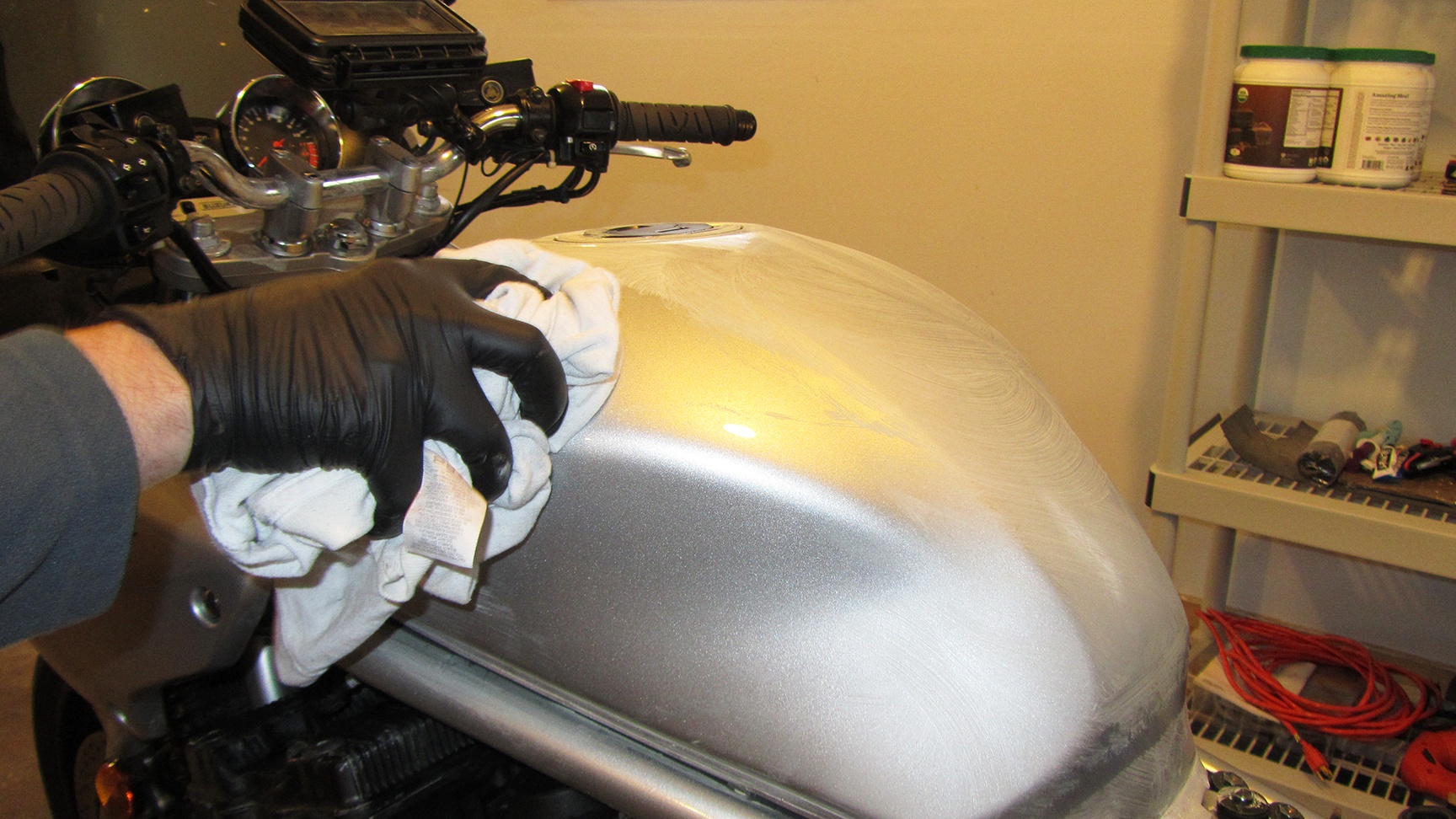
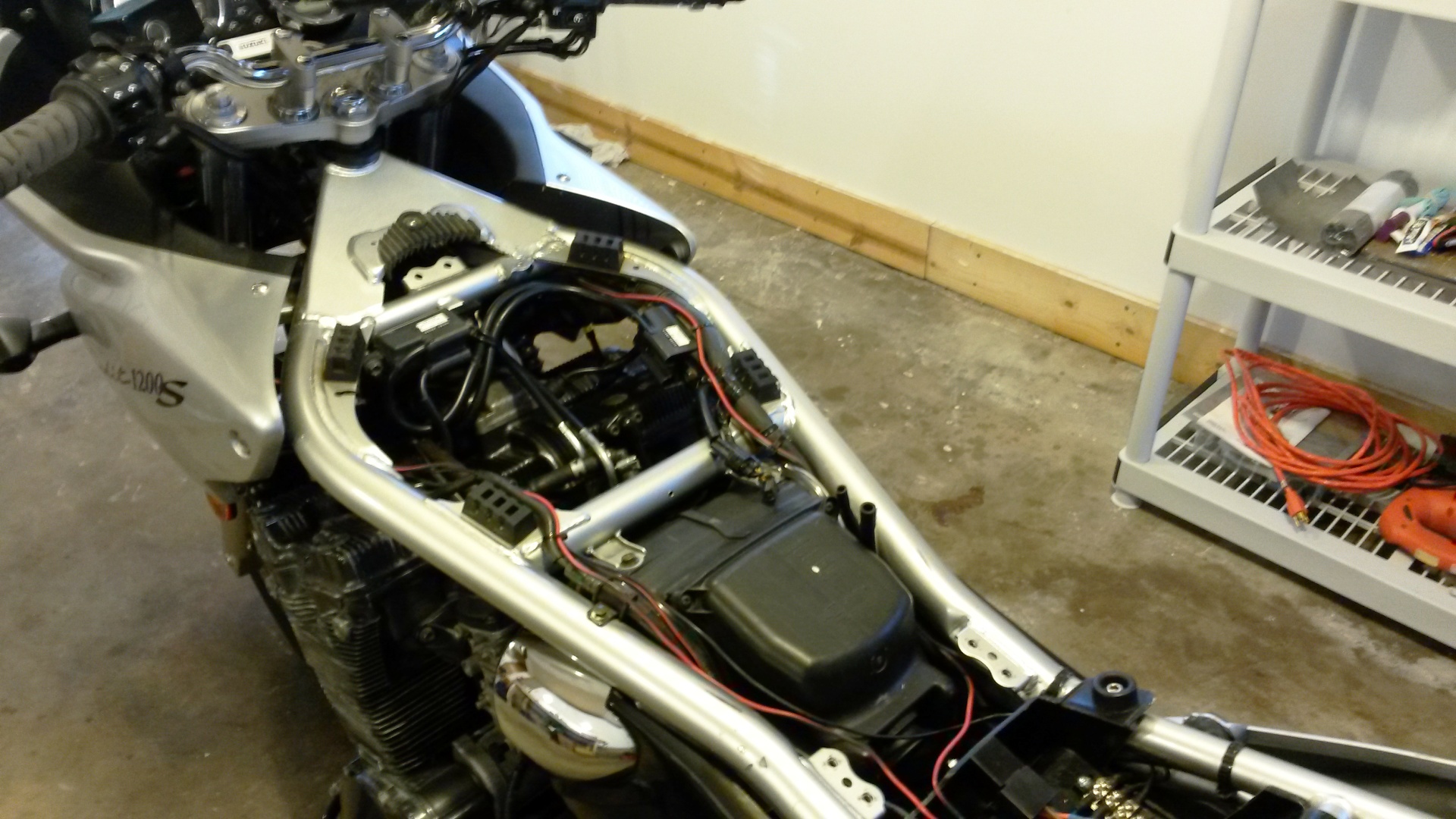
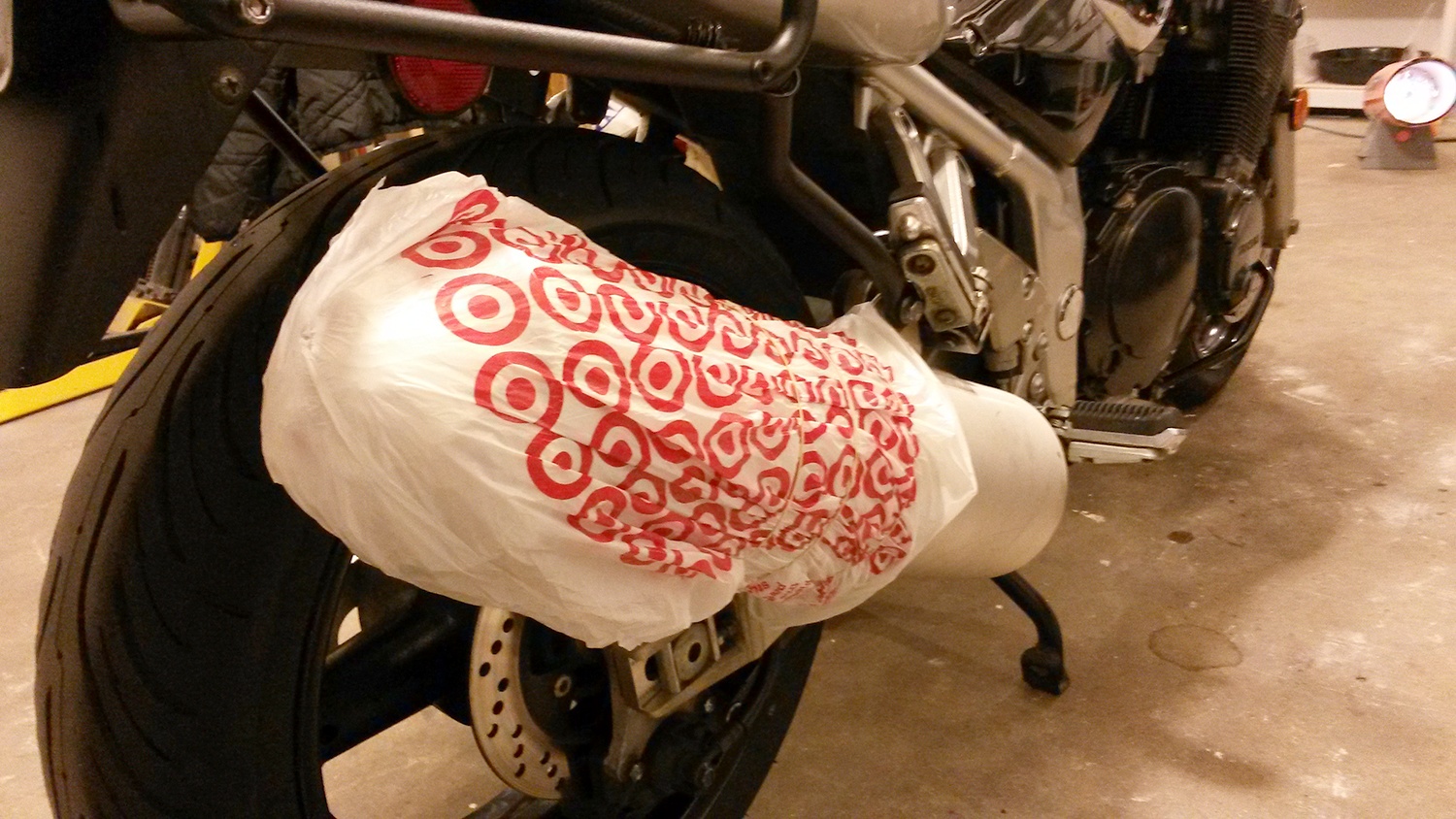
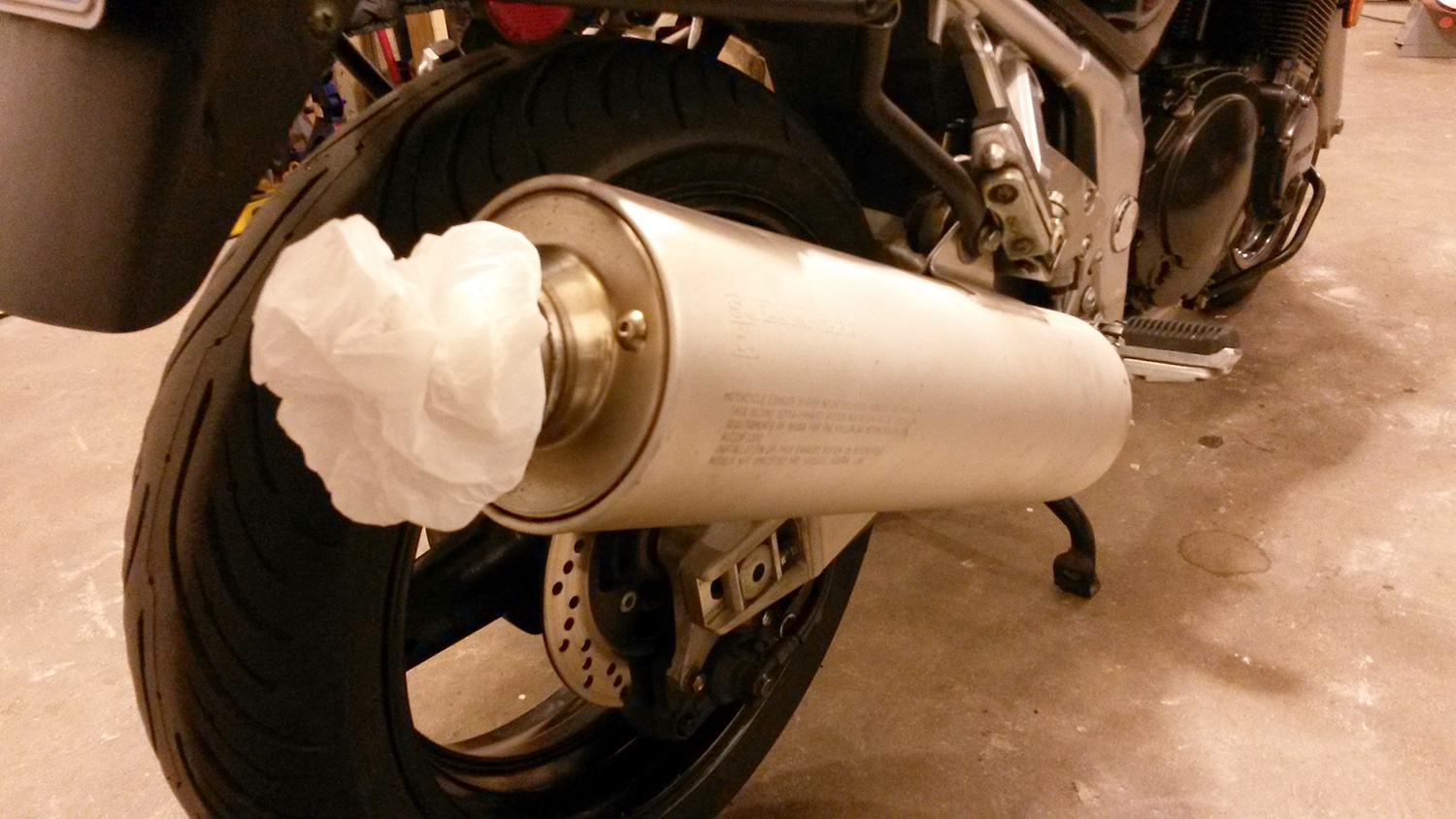
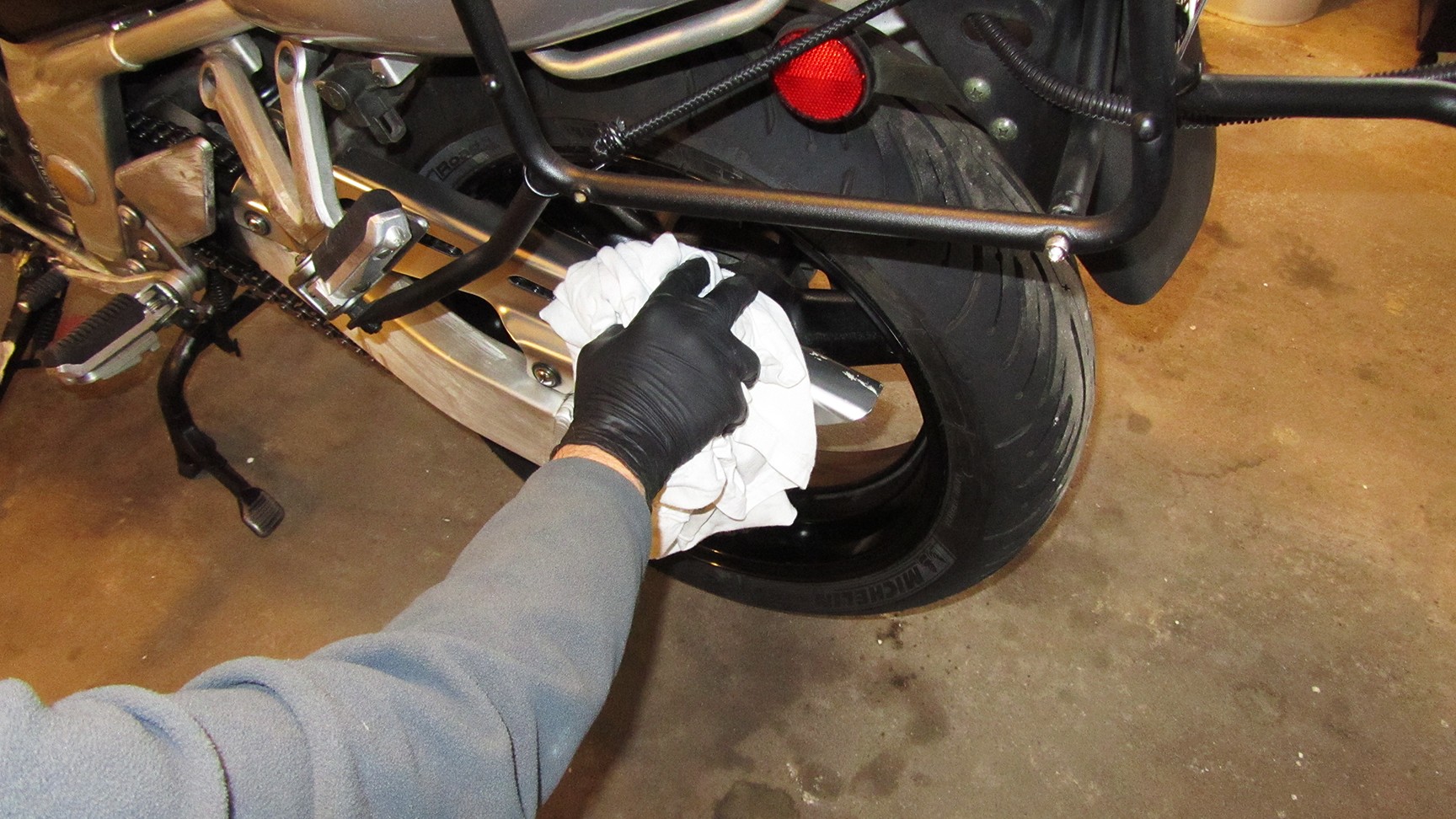
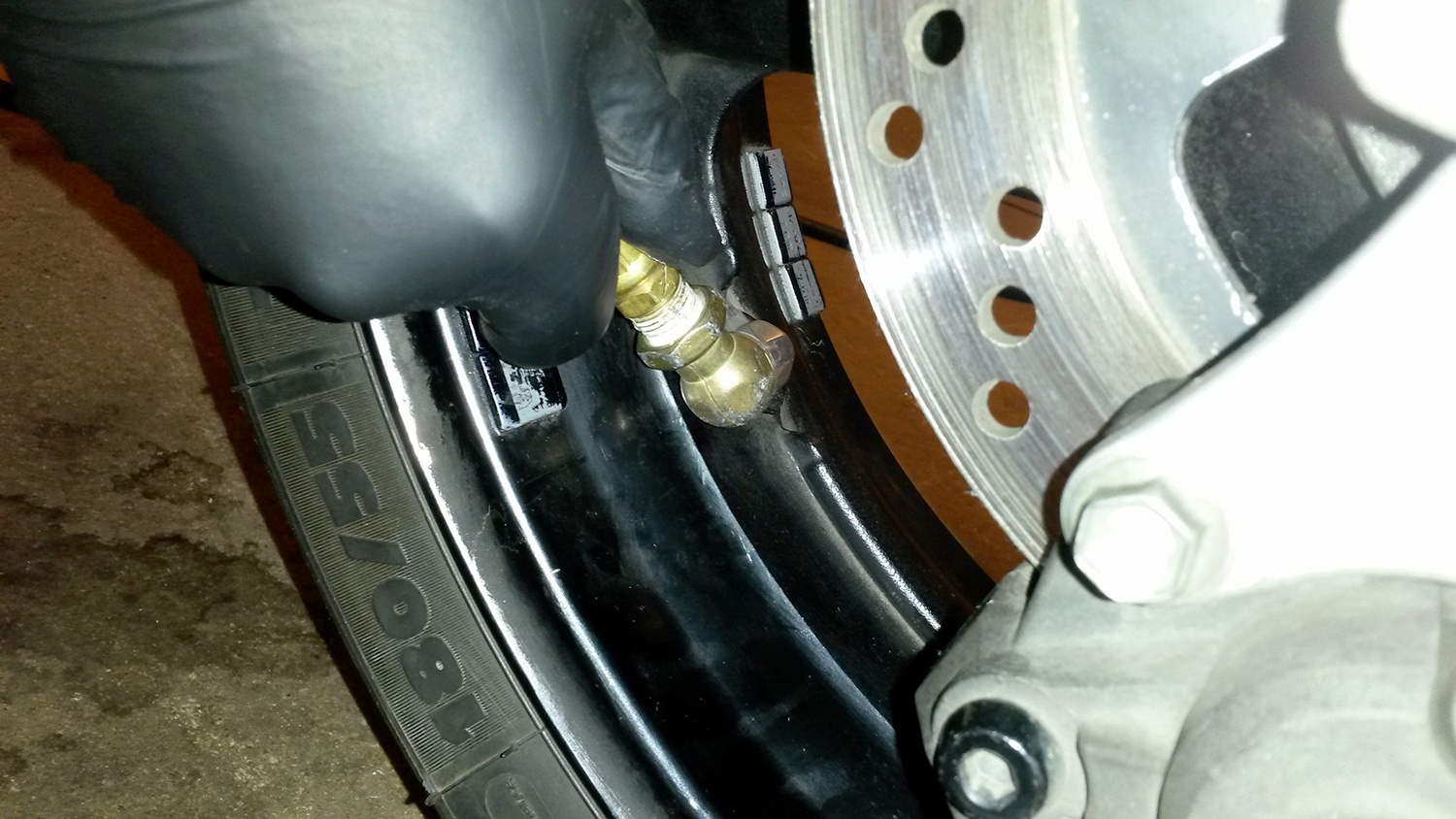
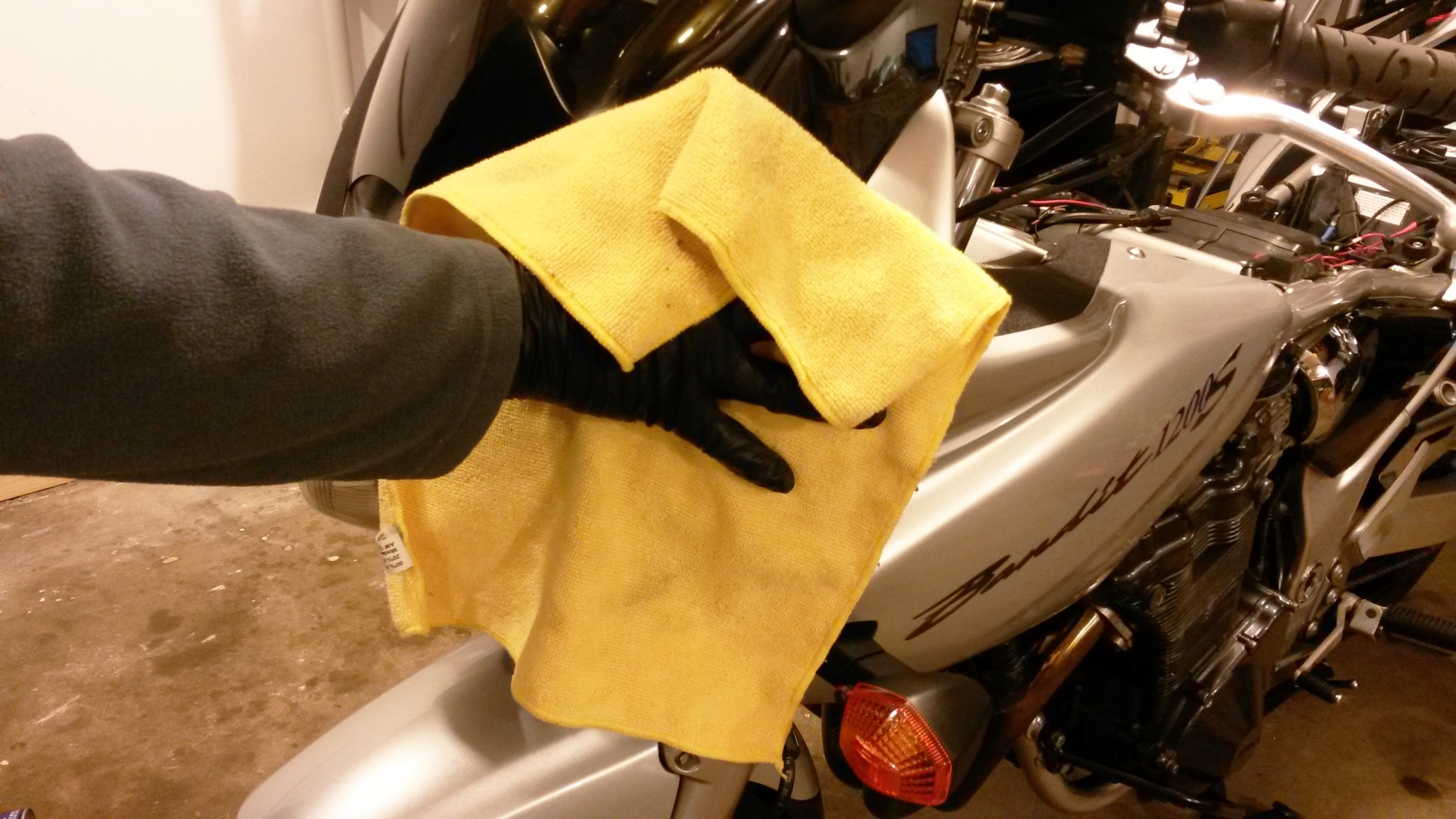
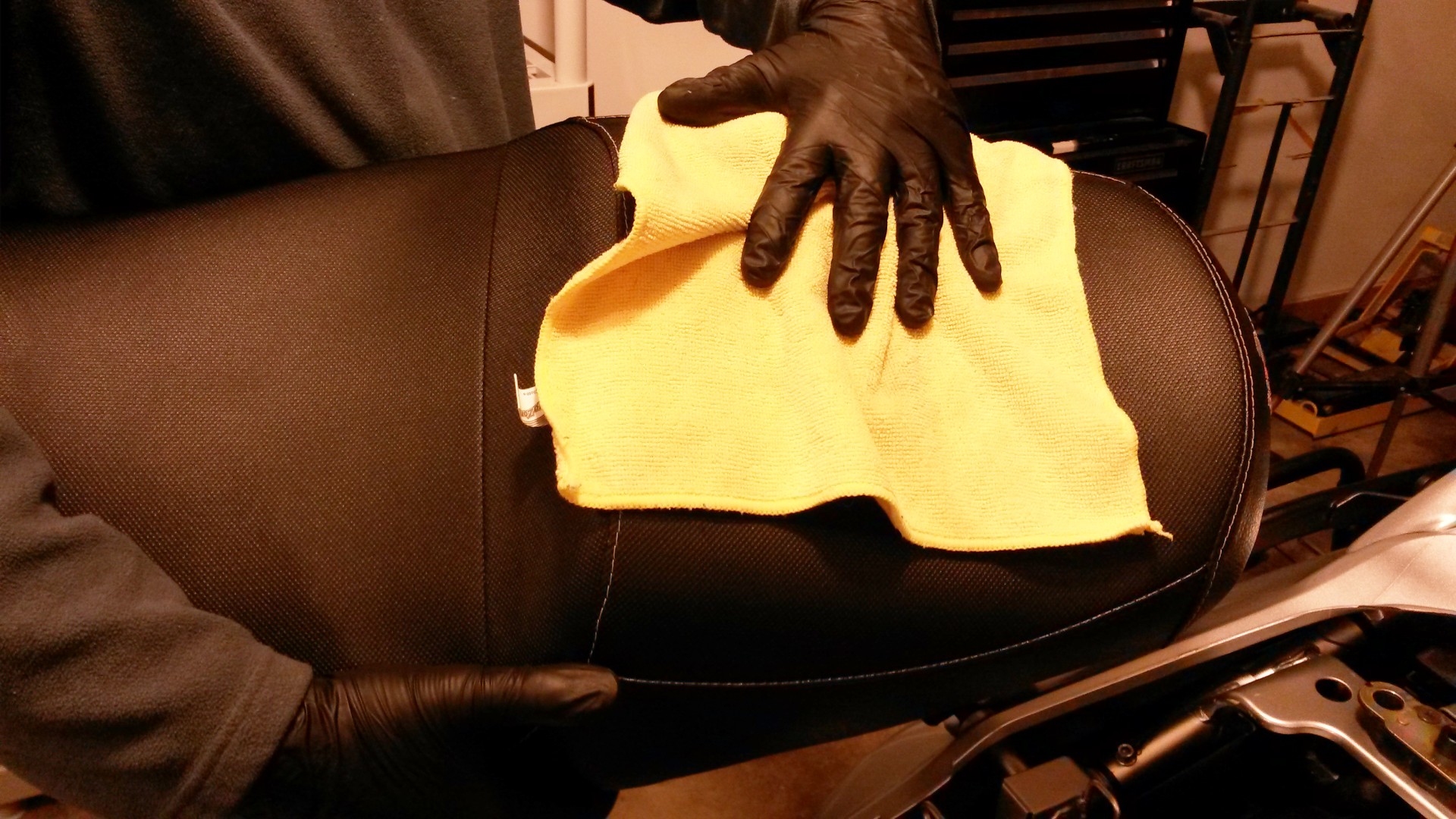
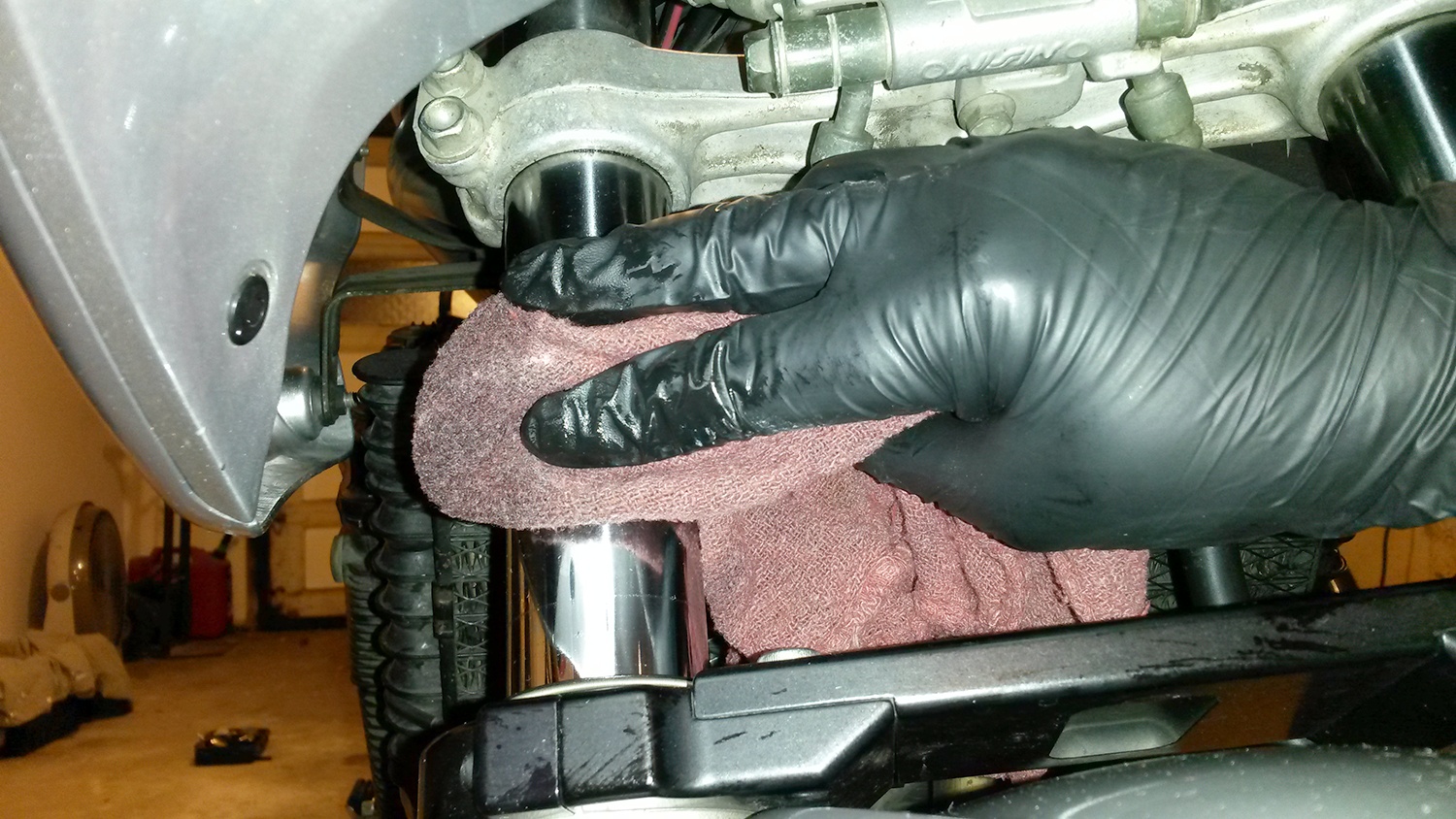
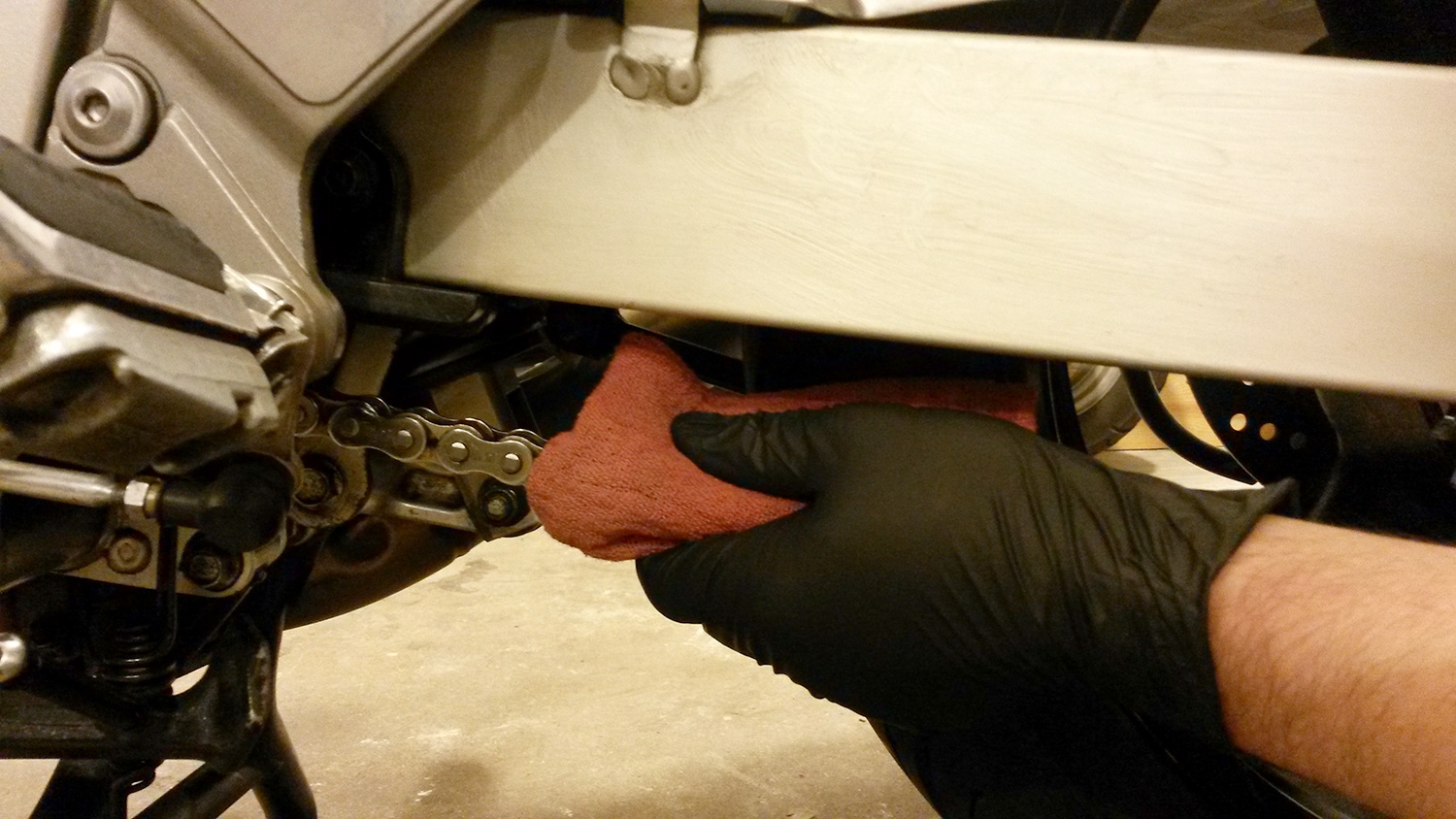
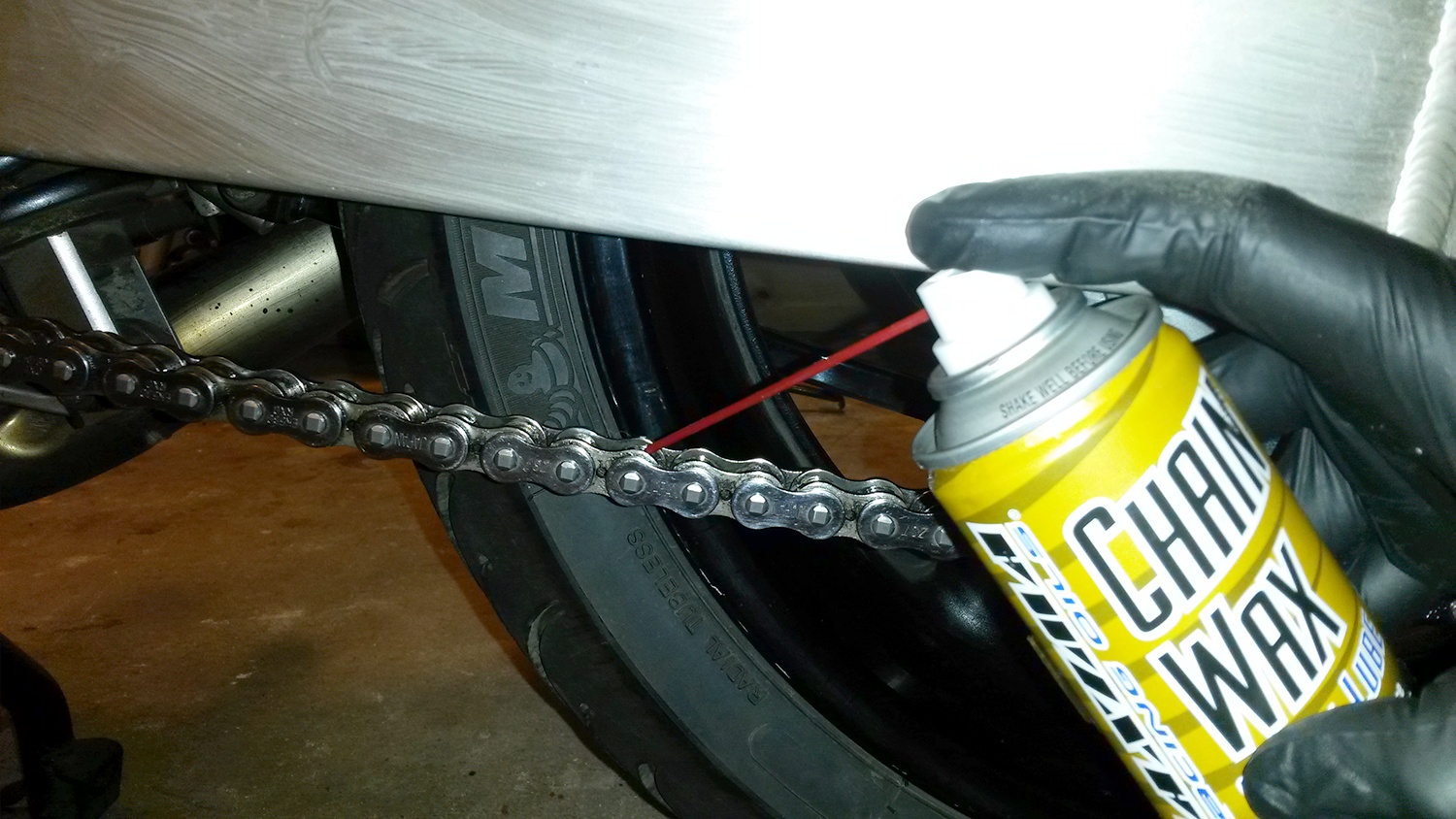



Thoughts gone wild? Write an article!